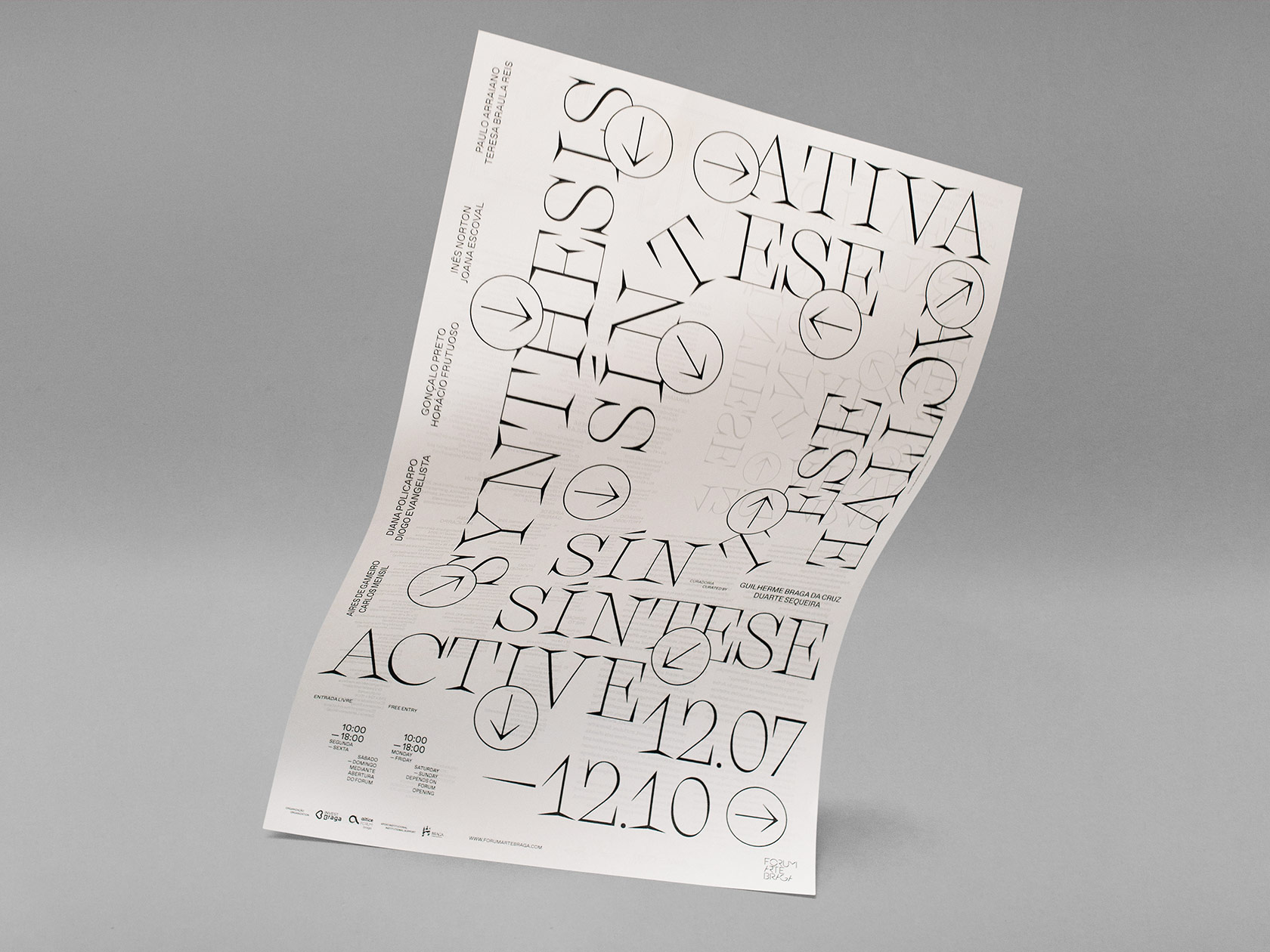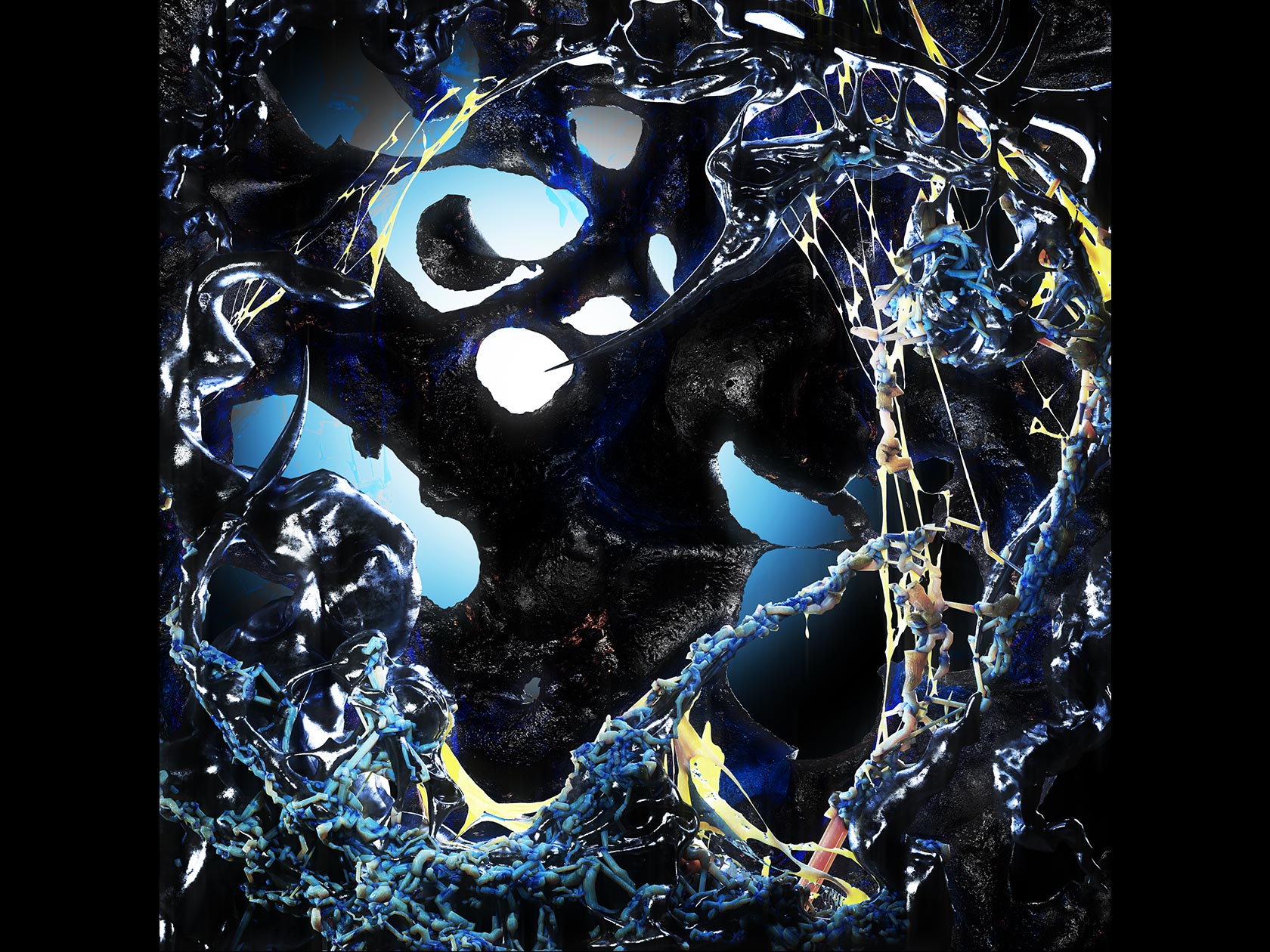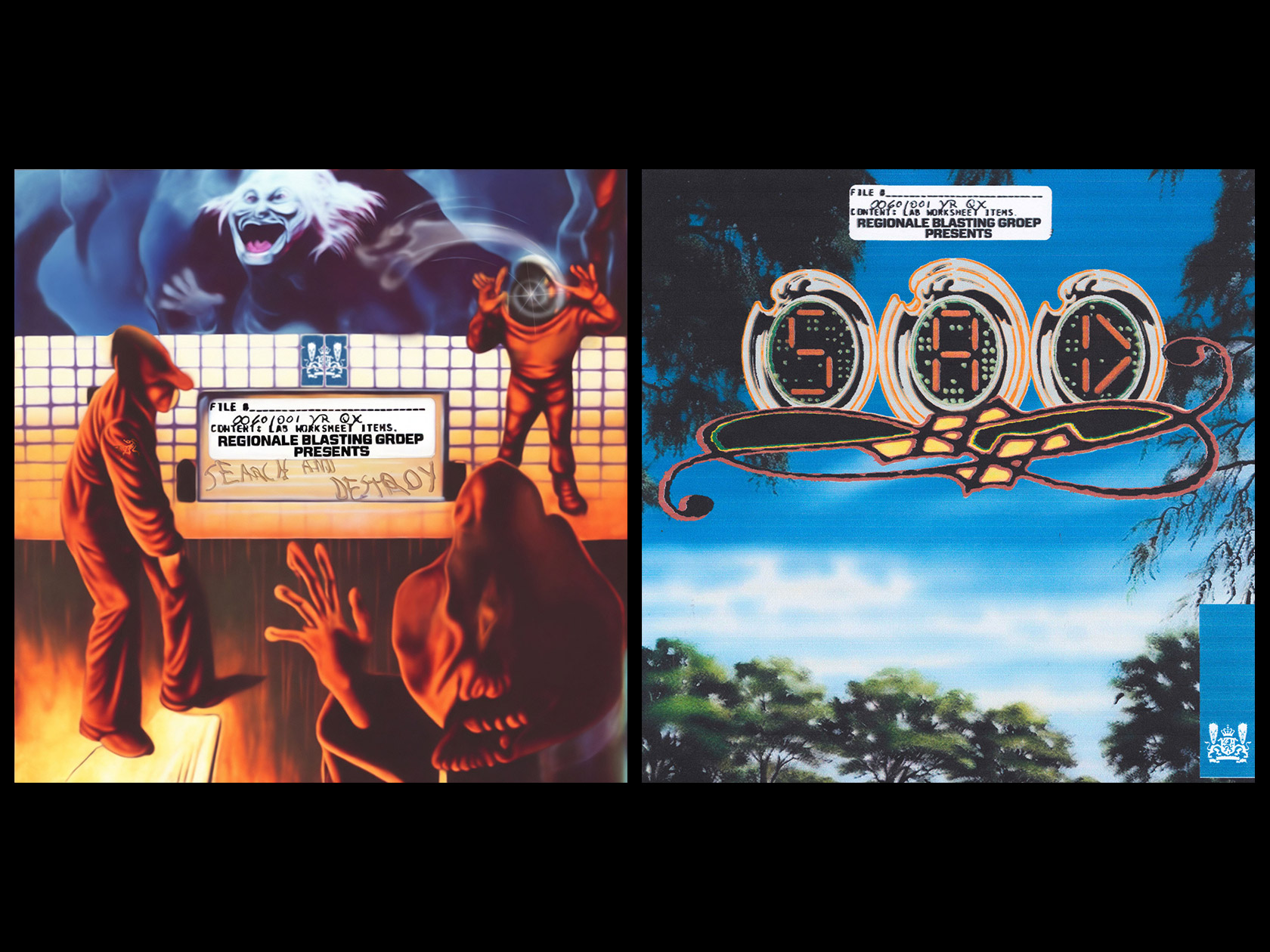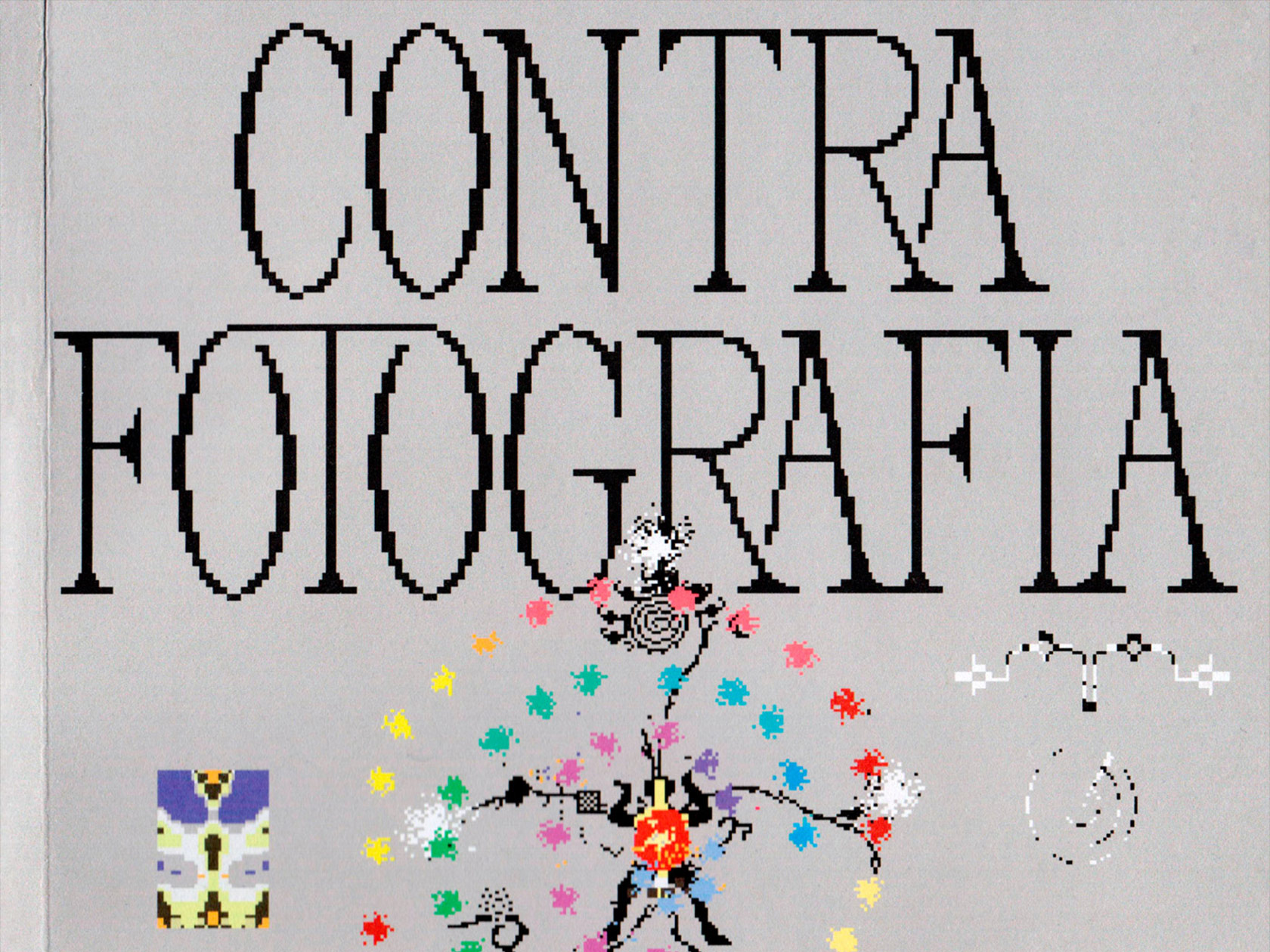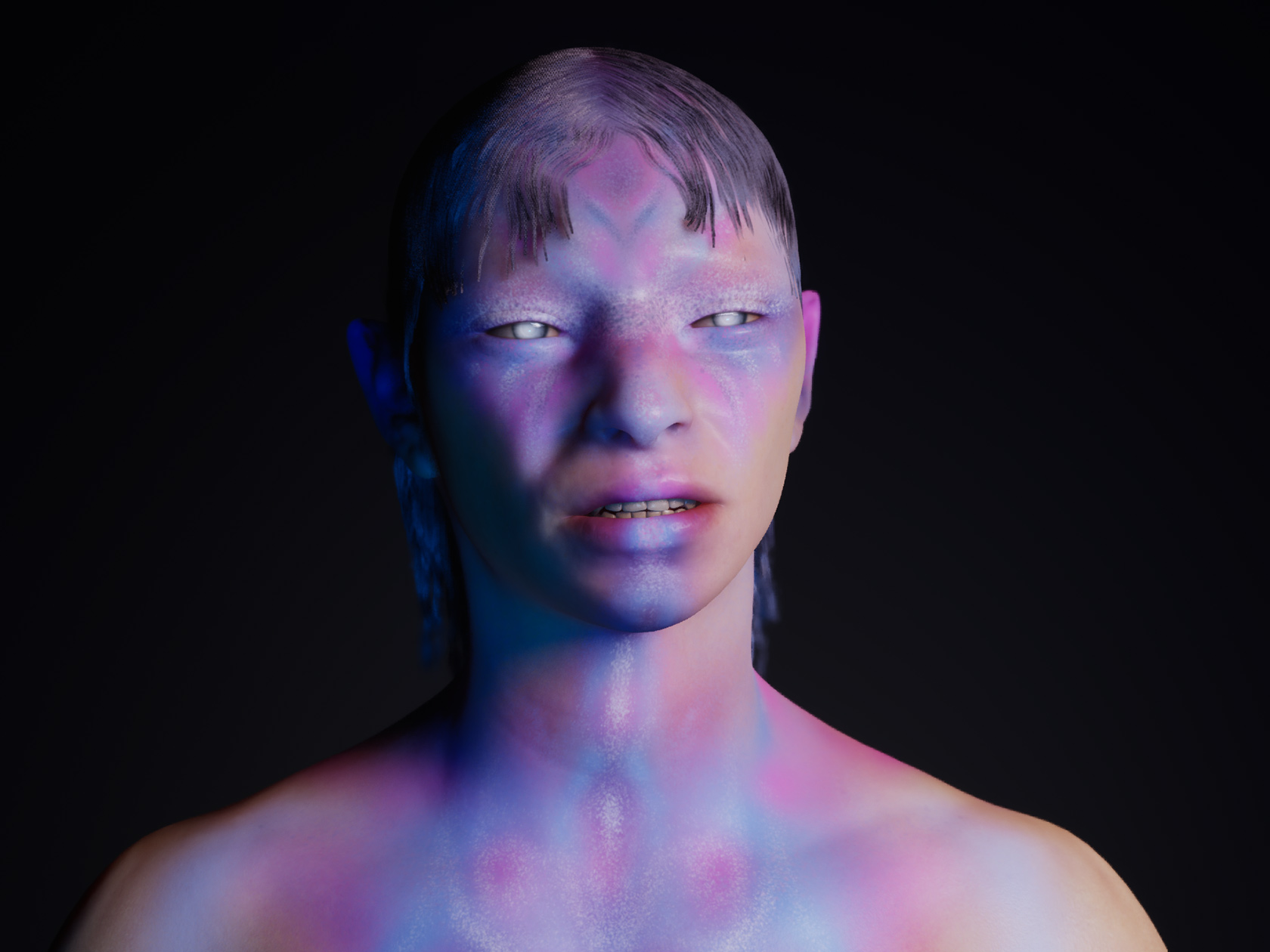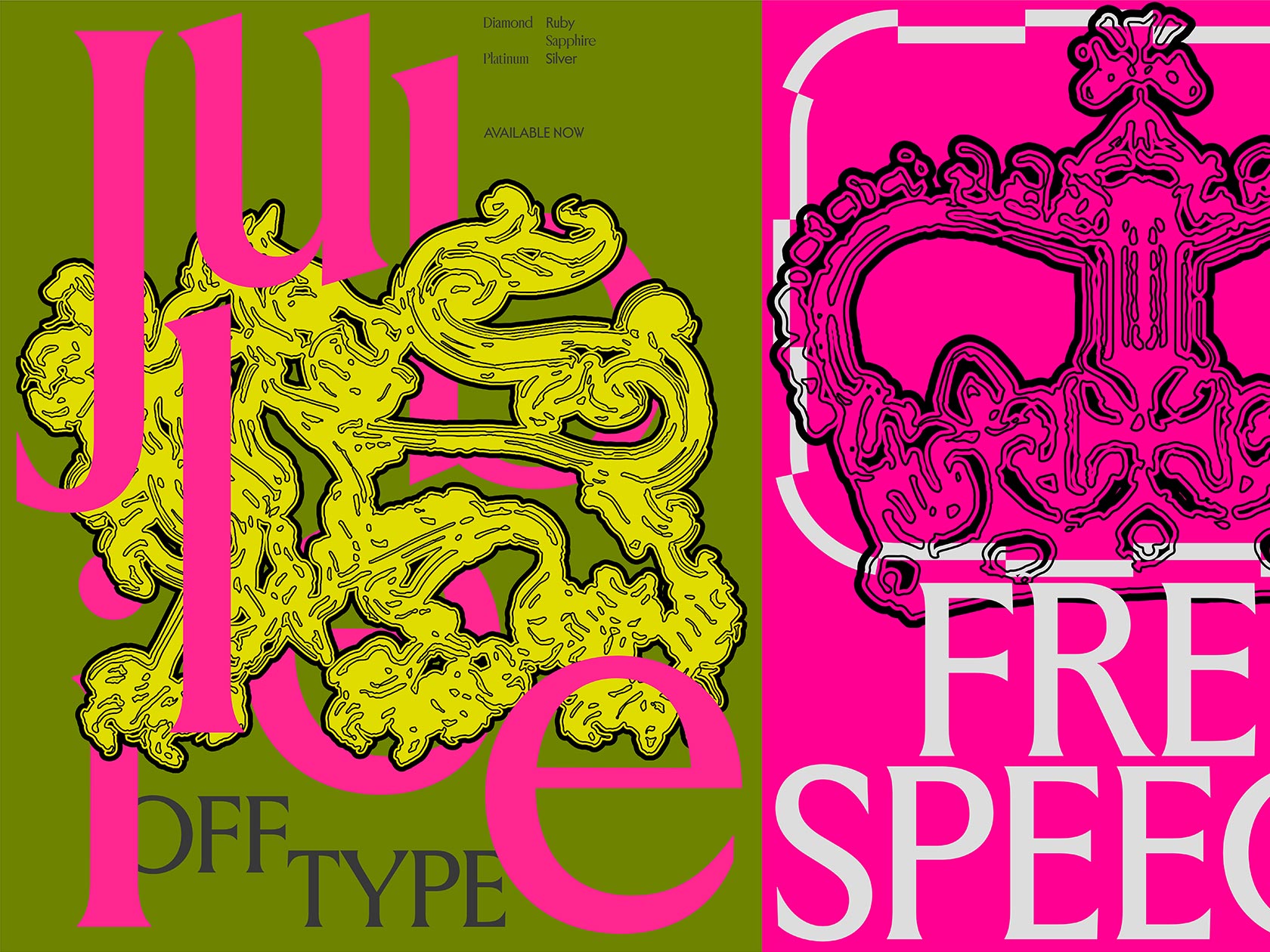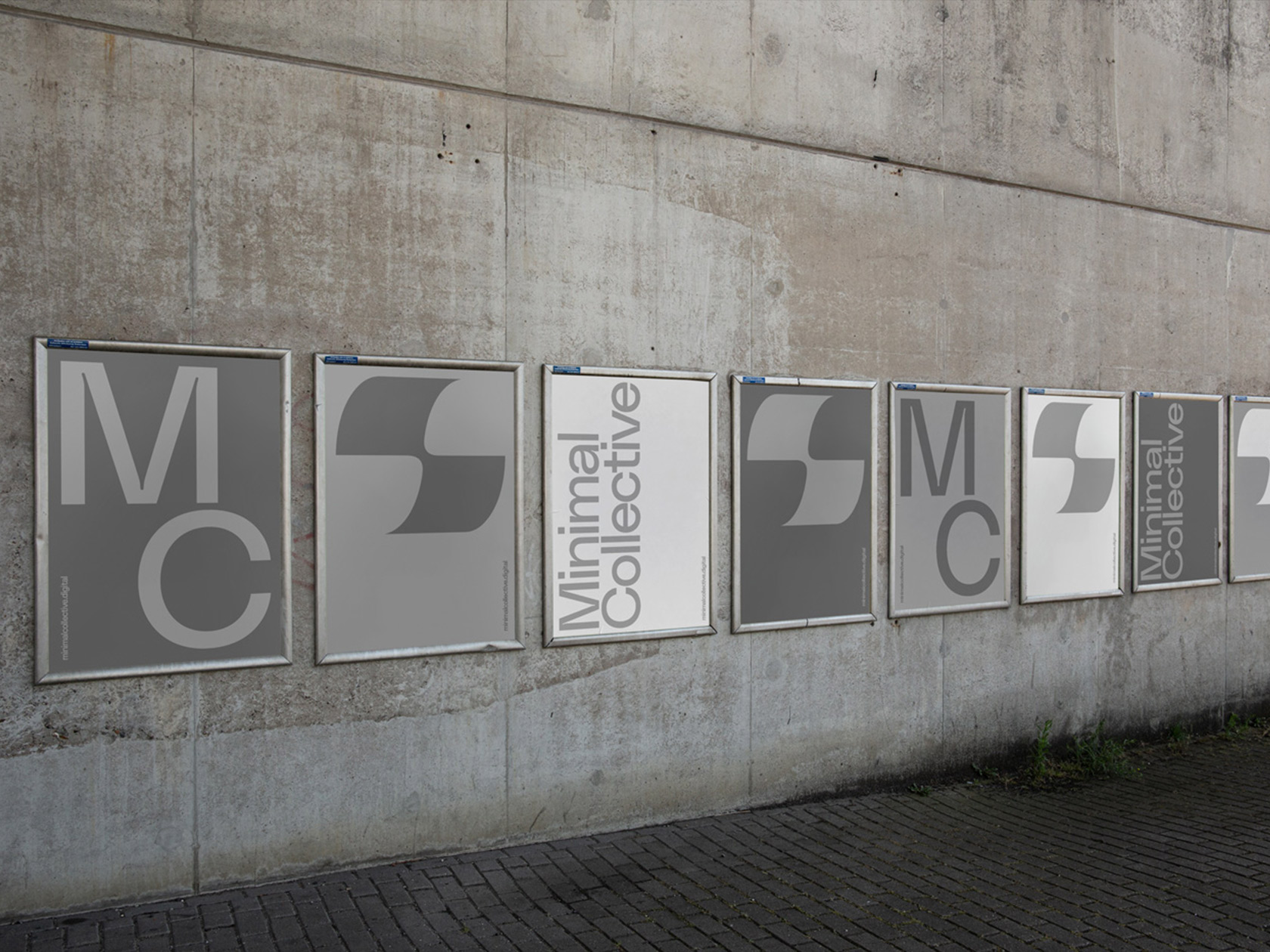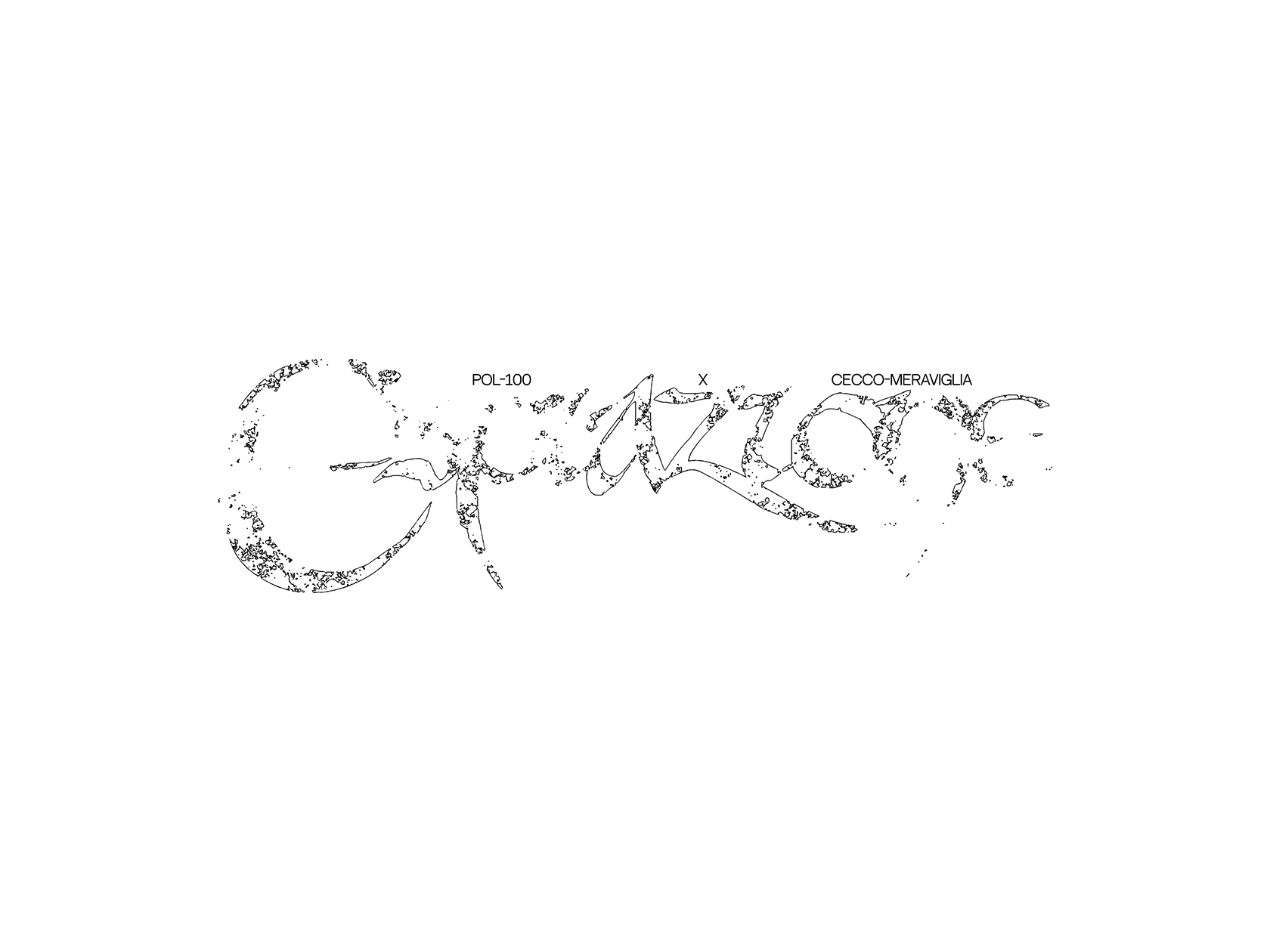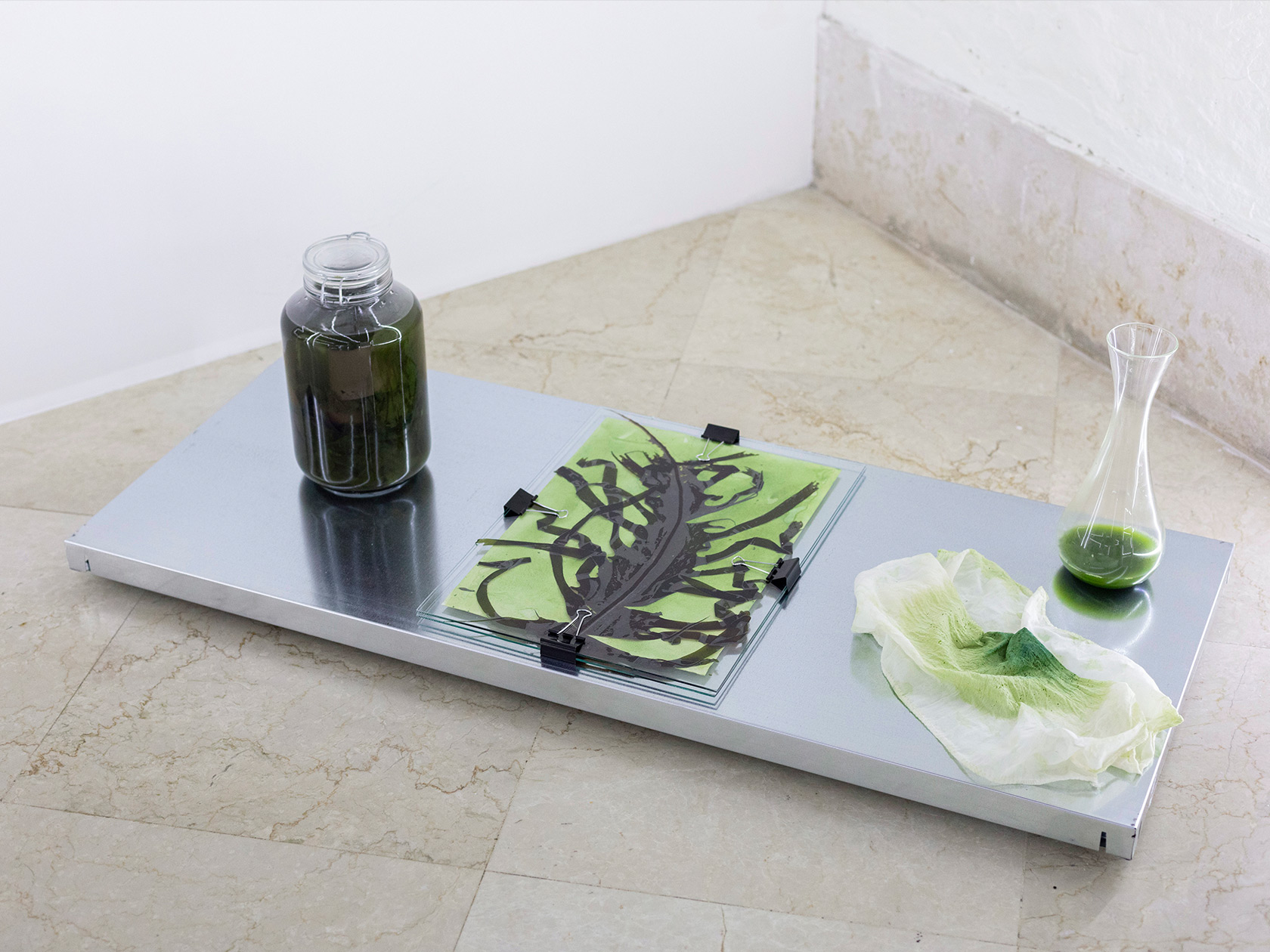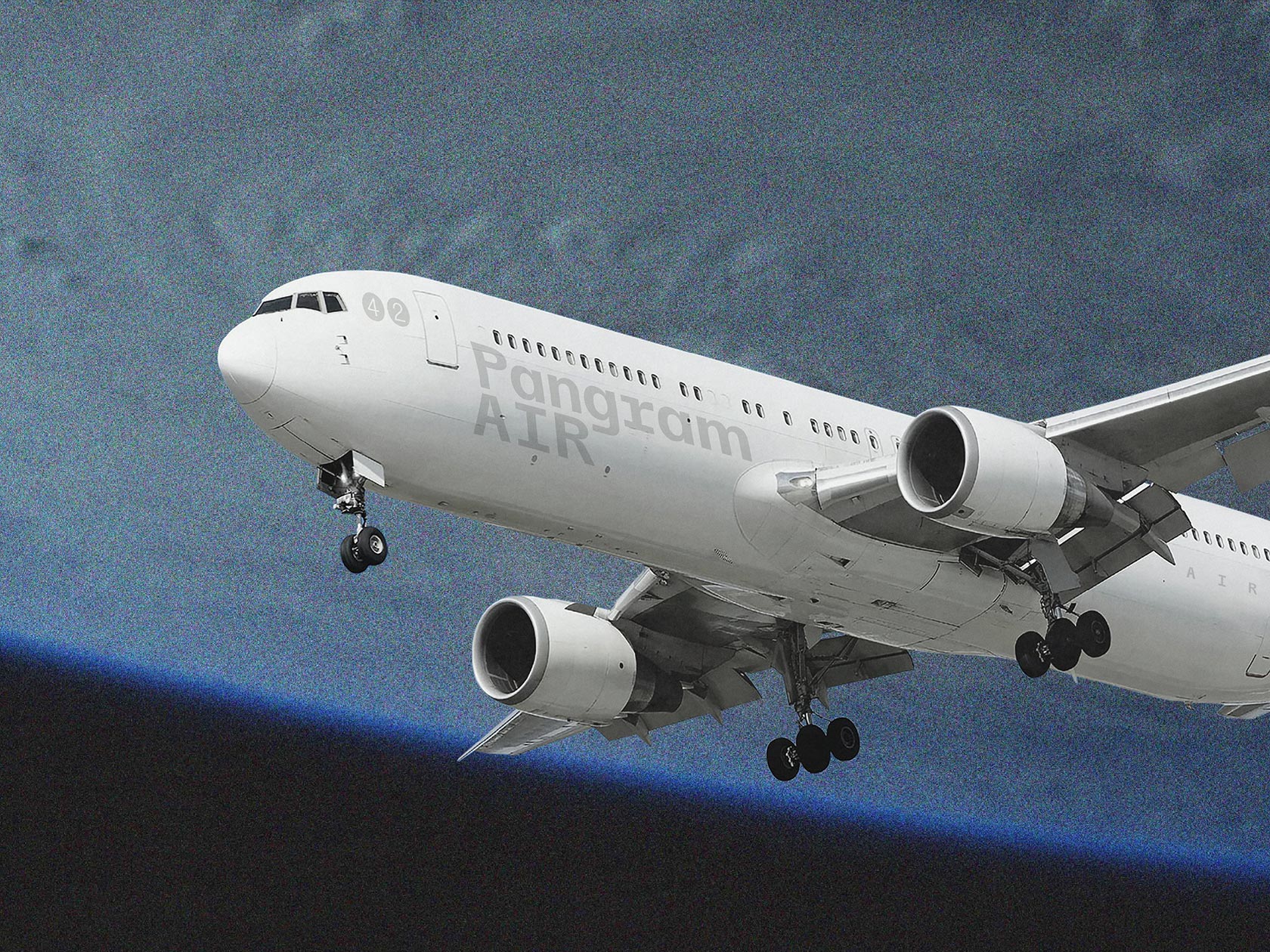Joana Paulino and Oscar Maia knew each other since ten years, before their acquaintance turned into a long-lasting collaboration and friendship. “It’s a funny story. We knew each other at university but never really hang out. 10 years later, a spot opened up in our co-working office space and Joana randomly applied for the table and ended up getting it!”, Oscar remembers. After sharing the space for a whole, they teamed up for their first project, the design for an upcoming exhibition for Forum Arte Braga. “The project workflow ended up going very well so we have been collaborating on more projects ever since.” The concept of a project always being the principal feature they try to visually express, the work of Oscar and Joana is often type-based and generally simple, either by the composition or by color. “Designing solid, but smart work is very important to us. High attention to detail is also something we aim to achieve.”
While they both studied Communication Design at ESAD Matosinhos simultaneously and finished their degrees in 2009, the two designers first went separate ways. Joana went for her Master’s in Drawing and Printing Techniques at the Faculty of Fine Arts where she connected with people from the artistic circuit, leading her to work at the Serralves Museum for a year and in various other cultural projects related to art. Meanwhile, Oscar worked at the Martino&Jaña Studio where he started during his studies, before joining White Studio as a senior designer. Since a few years, the duo took the step to start working on a freelance basis with a wide range of clients from cultural and commercial fields.
Where do you turn when you are looking for inspiration?
Oscar and Joana: “That is a tough question to answer because, for us, inspiration pretty much comes from the various things we absorb in our daily life which unconsciously influence us into shaping our aesthetic sensibility that is applied to our work. Brainstorming ideas and exploring new approaches in our design practice are also experiences that help us reach the paths that lead to the results of the projects we work on.”
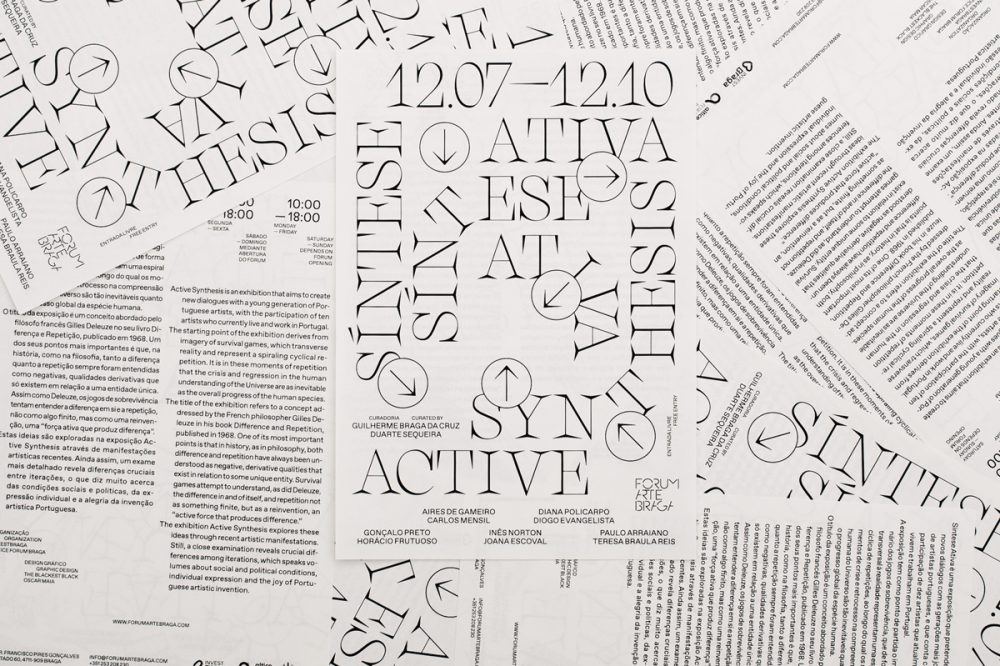
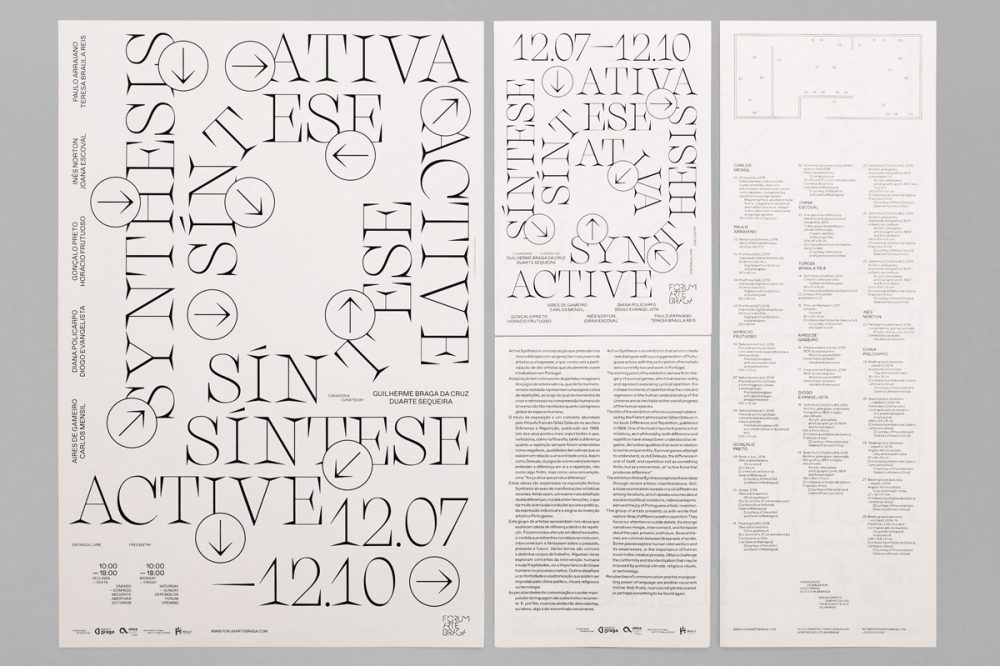
Being based in Porto, Portugal, both of them draw their energy and motivation from the revival of the creative scene there. “We think Porto is very a special city to live in, especially nowadays with all the major renovations happening, not only to buildings and restaurants but also to the many cultural projects, from the institutional to the alternative ones, that have been regrowing and reoccupying the city after many years of decline. This breeze of fresh air is bringing back a strong creative community that gets involved in new projects and maintains the city culture alive. Observing and being in contact with this pushes us to be active, to be better and impulses a passionate feeling for creating.”
As their projects often revolve around art or other cultural fields, Joana and Oscar are faced with the benefits, as well as the challenges of working for cultural clients. “The challenges are usually associated with super tight deadlines and reduced access to comfortable budgets for design and production. On the other hand, there’s plenty of creative freedom to explore visual ideas and concepts”, the duo tells us, “It’s fascinating when we have a fun and rewarding process to create something beautiful and interesting, and the fact that this creation makes a difference to someone, either a client, the public or a fellow designer is the fuel that keeps us going.”
Are there any other aspects of your life that are led by design?
Oscar and Joana: “Design practice raises our critical sense, makes us aware of the smallest details and shapes our taste in beauty and style. We automatically feel drawn to things simply because the packing is interesting and visually pleasing. Most of the time, when we’re unsure of which product to choose, the one with the well designed packaging is usually the one we end up getting. Deciding on products, furniture, decorations, and clothing are common choices we make led by design.”
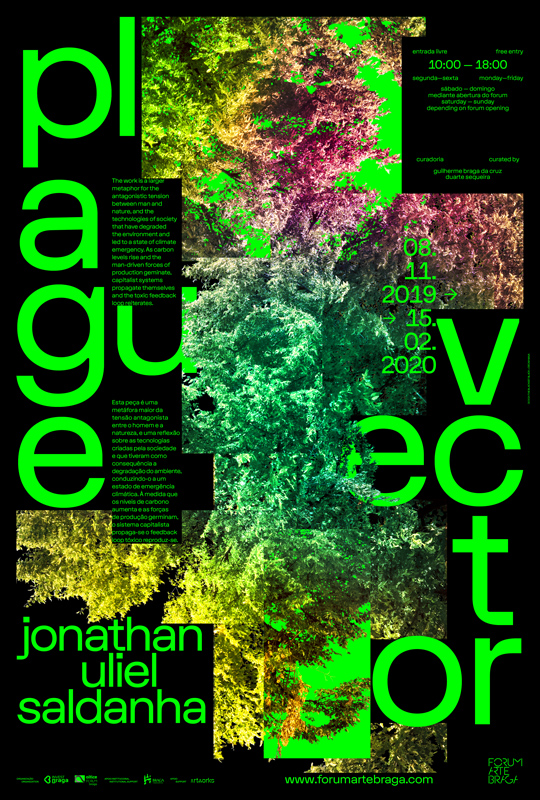
One of the projects, they have currently worked on together, was the catalogue design for the exhibition “And From the Dust it Shall Return” by Carlos Mensil in the Travessa da Ermida. “The concept of the exhibition had a series of baselines that helped define the aesthetics of the catalog”, the duo tells us. The location of the exhibition Travessa da Ermida, in Lisbon, was an old chapel that turned into an independent art space. As the title suggests, Mensil’s installation was highly based on this particularity and was dedicated to the location and its history. “The piece reflected on provoking biblical quotes, a characteristic we tried to represent on the catalog design with the use of a classic center-aligned typographic layout and Roman numerals.” In order to capture the concept of the artist, it was important to the duo to work closely together with the artist during the whole process. “It’s imperative to us that the public understands the concept and the relationship between the design he sees on the catalog and the artwork displayed in the exhibition, so working side by side with the artist really helped to achieve this message. The process for this project was curious because Carlos gave us complete freedom, and strangely, that also made us feel like we continuously needed to share and discuss the progress with him, and that was very rewarding. This laid back process brought us the opportunity to take risks and to try new things and when that happens, the results can be surprisingly more interesting.”
For their poster design for the exhibition “Síntese Ativa – Active Synthesis” at Forum Arte Braga, the duo followed similar rules. The poster might be simple in its use of colors, but the typography and its placement create a playful and expressive labyrinth of words. “Like in most of our projects, we aimed to illustrate the principal concept of the exhibition utilizing typography and layout”, they explain to us, “The focal point of the exhibition derives from the universe of survival games where the ideas of cyclical repetition and spirals are always present — the player has to go through similar paths and obstacles dozens of times in order to pass the objectives of the game. Our design displays exactly that. It represents a labyrinth of routs and dead-ends that are built by repetition.”
Do you have any collaborative projects in mind which you find inspiring?
Oscar and Joana: “The collaborations between Warhol and Basquiat are the ones that come to mind. The pieces that resulted from them teaming up are amazing and still influence many graphic designers today.”
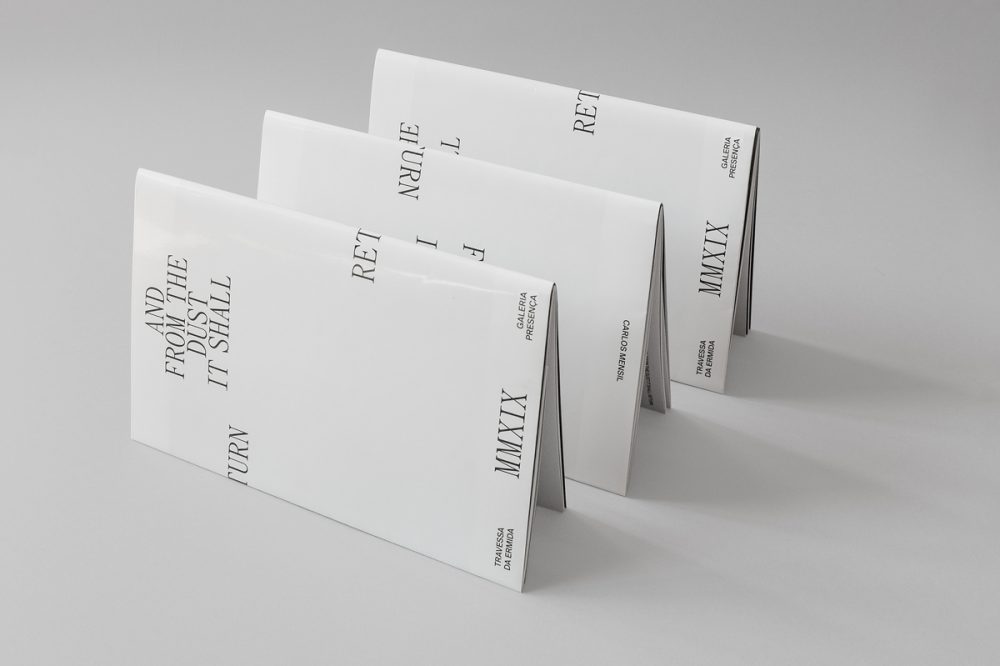
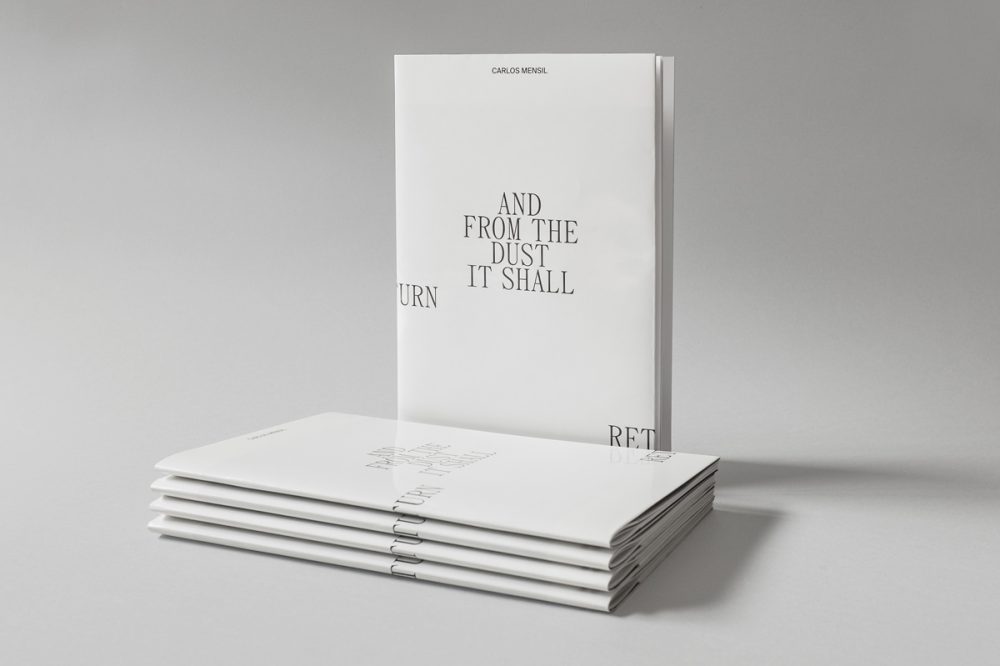
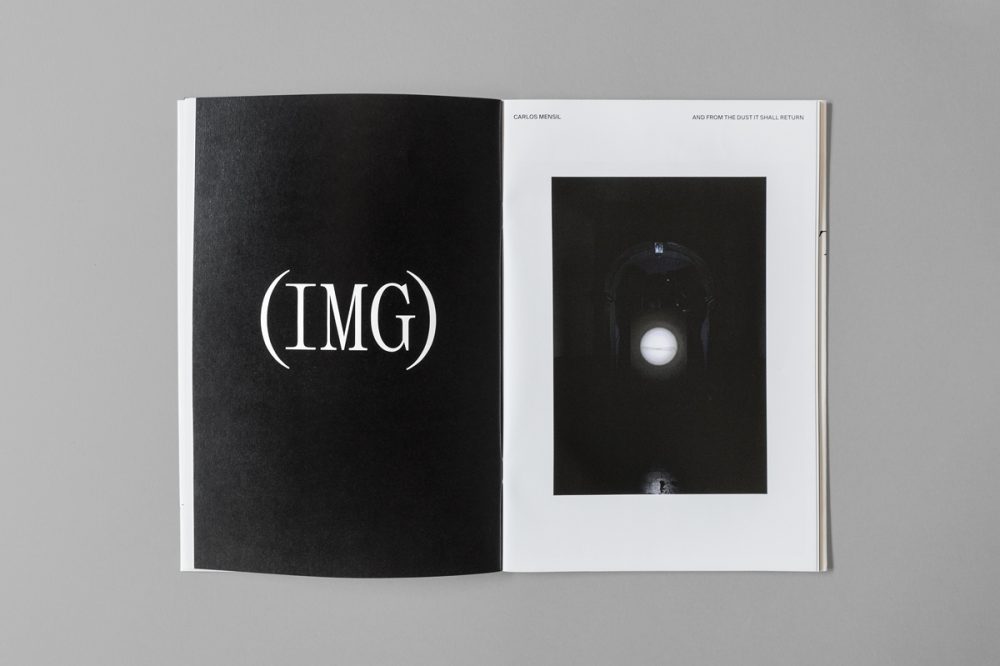
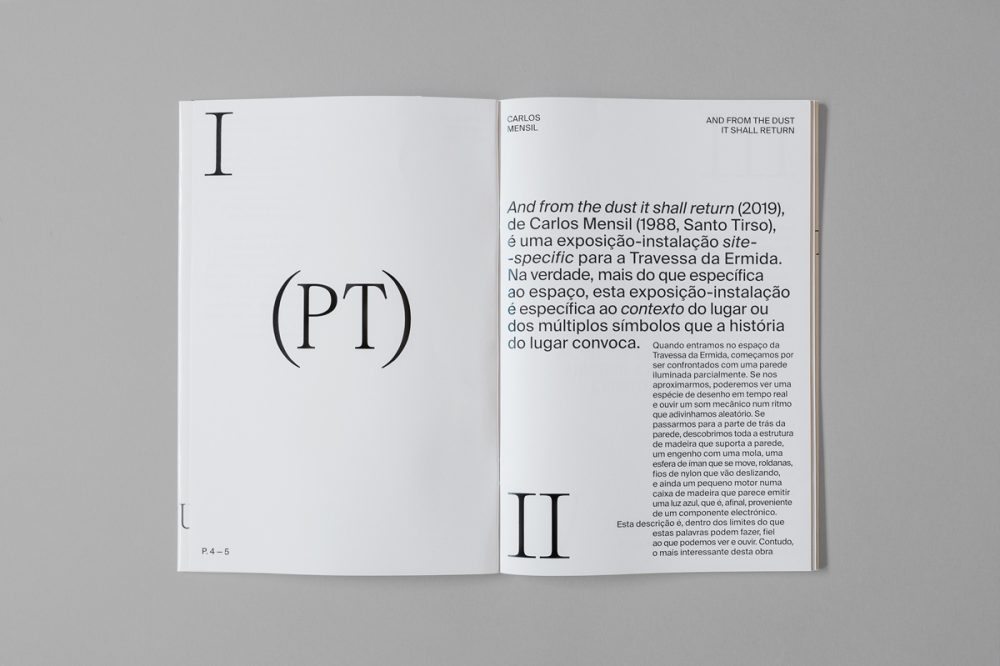
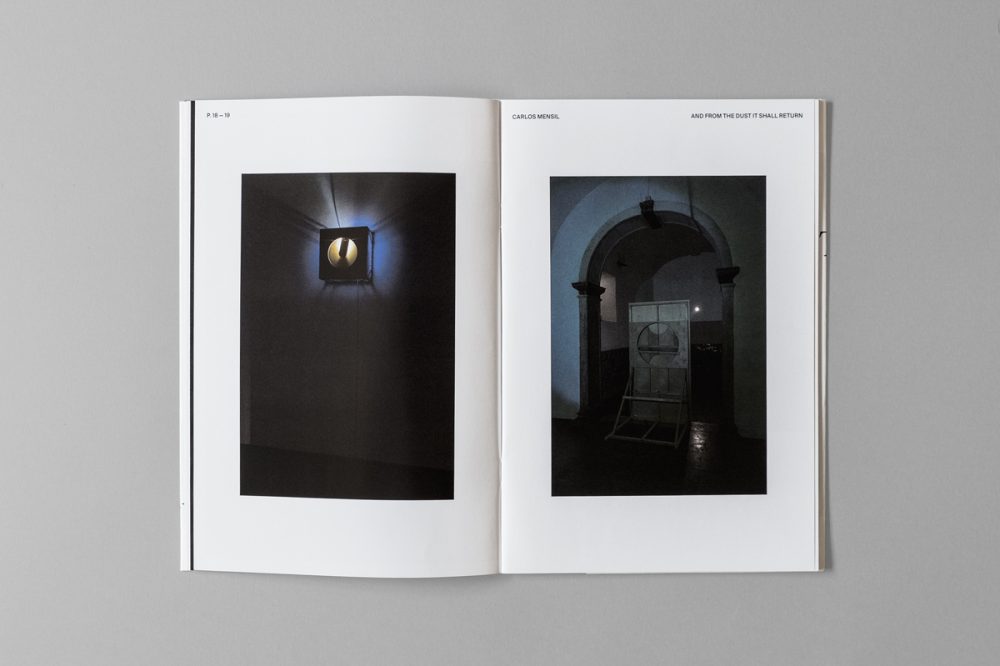
Looking back on their first collaboration, it was clear right from the start that both of them share similar approaches and tackle projects in a similar way. “I believe that is the main reason our collaborations work so well”, Oscar tells us and then leads us step for step through their working process, “The first step is to understand the clients’ need and to determine how we can help him achieve it using our practice. In the initial phase, we discuss the briefing and brainstorm on ideas and concepts together. Every project starts with ideas that eventually turn into a visual concept. It is almost like building a puzzle where we have all these pieces of information that we constantly move around and around until we form the final image reflecting the idea we have in our heads. We then establish tasks for each other between designing the materials, meeting with the client, and finally accompanying the printing phase. Joana is usually more dedicated to bridging with the client, while I’m more focused on the design part of things, but occasionally we shift or share the same roles depending on availability. During the process, trial and error help us visualize the mental image more precisely and that is what slowly draws our path to the final design.”
As hard as it can be to find someone working with the same sensibility and mindset as a freelancer, the duo draws a lot of energy from collaborating with each other: “It makes the process much more interesting and rewarding, and that is reflected in the final design. It’s a natural route that benefits the projects by pushing them much further. It’s important to feel that the collaboration is rewarding to the client, the project and the designers. Learning and sharing during the development process is crucial to help shape the project into becoming better and stronger each step of the way. When timings are short and stressful, it is essential to have fun and to enjoy what you are doing. So working with somebody that shares similar perceptions and insights with you helps turn the process more interesting.”
What can we expect to see from you in the next months? Any projects in the pipeline?
Oscar and Joana: “For 2020 we will be collaboration again with three new exhibition designs for Forum Arte Braga and excited to possibility closing off the year with a catalog design that will gather all the work and exhibitions presented throughout 2019 – 20. It’s also possible that more collaborations may arise on the way as we’re constantly open and looking forward to new and interesting challenges.”
Joana Paulino
@theblackestblack

